1) Altruism – The ad presents an altruistic story and hopes the viewer associates the story with the product and/or service.
2) Analogy – A similarity between like features of two things, on which a comparison may be based.
3) Arouse Curiosity – The ad catches the curiosity and therefore the attention of the customer.
4) Bandwagon – Trying to convince viewers that a product is good because “everyone” is buying it; encouraging people to “jump on the bandwagon”.
5) Card Stacking – Telling the facts from one side only.
6) Cartoon Character – An animated character that promotes a product.
7) Children – In most houses, children have a say in every big or small purchase made. Most parents just give in to the tantrums, a fact well known to the advertisers. Out of ten commercials one sees through any medium, 8 have children featured in them who are generally a little more perfect than the target audience. These perfect children then go on to become role-models that have to emulated by other children.
8) Comparison Appeal – This brand is better than other brands of the same product.
9) Deal Appeal – This technique involves making the audience a compelling offer, and telling them exactly how to get it. Key words associated with this technique are “free” and “save”.
10) Emotional Appeal – Writers may appeal to fear, anger or joy to sway their readers. They may also add climax or excitement. This technique is strongly connected to the essay’s mood.
11) Establish Credibility – “I have the honor of serving as president of the Southern Christian Leadership Conference, an organization operating in every southern state, with headquarters in Atlanta, Georgia.”
12) Exaggeration – Exaggerating products and their uses is another of the good advertising techniques and examples of the technique can explain how this works in the favor of the advertiser.
13) Exigency – Creating the impression that your action is required immediately or your opportunity will be lost forever.
14) Facts and Figures – Statistics and objective factual information is used to prove the superiority of the product.
15) Fantasy – Super athletes, superheroes, movie stars, the beautiful, the rich, the powerful, or things associated with them are featured with the hope that the consumer will tend to transfer the qualities of these people to the products and themselves and buy the item.
16) Fear – Using fear to sell a service and/or product.
17) Green – If you buy this product then you are helping the environment.
18) Glittering Generalities – An emotionally appealing phrase so closely associated with highly valued concepts and beliefs that it carries conviction without supporting information or reason.
19) Humor – The use of humor may help people remember the ad and want to buy the product because of the positive association with it.
20) Hyperbole – This is one of the more enjoyable persuasive techniques. It involves completely overstating and exaggerating your point for effect. (Like when your mom says, “I must have asked you a million times to clean your room!” Get it?).
21) Image Advertising– Presenting a desirable situation or lifestyle in order to convince the viewers that if they use a product, they, too can have this lifestyle; beautiful people.
22) Innuendo – Causing the audience to become wary or suspicious of a competing product and/or service by hinting that negative information may be being kept secret.
23) Irony – Irony is present if the writer’s words contain more than one meaning. This may be in the form of sarcasm, gentle irony, or a pun (play on words). It can be used to add humor or to emphasize an implied meaning under the surface. The writer’s “voice” becomes important here.
24) Jingle or Slogan – A “catchy” song or phrase that helps you remember a product.
25) Lifestyle Appeal – In this technique, an advertisement provides a glimpse from a particular lifestyle or way of living. The hope is that the audience will desire this lifestyle and transfer that longing to the product.
26) Magic Ingredients – The suggestion that some almost miraculous discovery makes the product exceptionally effective.
27) Mascot – Mascot the audience can identify with like Smokey the Bear.
28) Metaphor – A figure of speech in which a term or phrase is applied to something to which it is not literally applicable in order to suggest a resemblance.
29) Name Calling Appeal – In this technique, the advertiser compares its product or service to the competition in a way that is favorable to the advertiser.
30) Nostalgia – This appeal implies that this product takes you back to the “good old days” or back to nature, etc.
31) Parallelism – When an author creates a “balanced” sentence by re-using the same word structure, this is called parallelism. Always strive for parallelism when using compound or complex sentences. Jingles and/or slogans can be improved using parallelism.
32) Patriotism – The suggestion that purchasing this product shows your love of your country.
33) Personification – This technique gives human characteristics to a product, or service.
34) Plain Folks – The product is not elitist and suitable for ordinary people.
35) Promise a Benefit – The ad promises a benefit to the consumer.
36) Red Herring – Highlighting a minor detail as a way to draw attention away from more important details or issues.
37) Repetition – Repeating an element within one advertisement so that viewers will remember the advertisement and will buy the product.
38) Reverse Psychology – A persuasion technique involving the false advocacy of a belief or behavior contrary to the belief or behavior which is actually being advocated.
39) Rhetorical Question – Sometimes a writer will ask a question to which no answer is required. The writer implies that the answer is obvious; the reader has no choice but to agree with the writer’s point.
40) Savings or Free – You will save money or get something free if you buy this product.
41) Scale – A product looks bigger or smaller in the ad than the actual product.
42) Sensory Appeal – The product tastes good, looks good, or feels good. Sounds or pictures appealing to the senses are featured.
43) Shocking the Viewer – An effective method of advertising, shocking viewer gets them more interested in the product, because it is a shift in their comfort zone.
44) Simple Solutions – One product and/or service solves several problems at the same time.
45) Slice of Life Appeal – A problem is presented in a “realistic” manner by “real” people.
46) Snob Appeal – The use of the product makes the customer part of an elite group with a luxurious and glamorous life style.
47) Testimonial Appeal – In this technique, a celebrity or authority figure endorses the product. This could be a celebrity, sports star, or “professional”.
48) Transfer – Words and ideas with positive connotations are used to suggest that the positive qualities should be associated with the product and the user.
49) Weasel Words – “Weasel words” are used to suggest a positive meaning without actually really making any guarantee.
50) Word Choice – Is a person “slim” or “skinny”? Is an oil spill an “incident” or an “accident”?
Handout at:
You can also download my autobiography of my struggle with a bipolar condition on Am I Kitsune on my Google Drive.
WereVerse Universe Baby!
Google Drive Link: WereVerse Universe



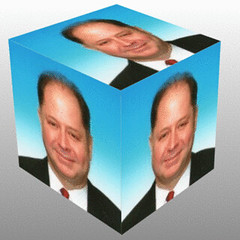

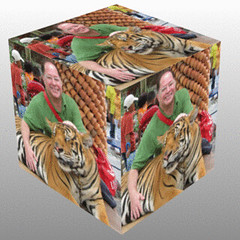

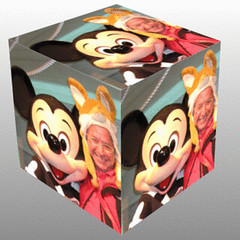
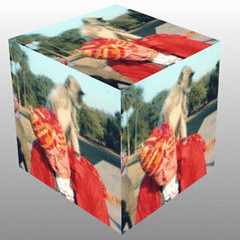
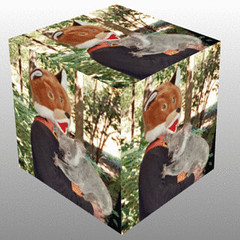


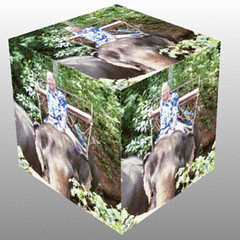
what a fucking slow loading site
you die untill this shit comes up
its prolly that ur internet sucks
Pingback: Yr 11 – Advertising | Ms Sam's Global Village